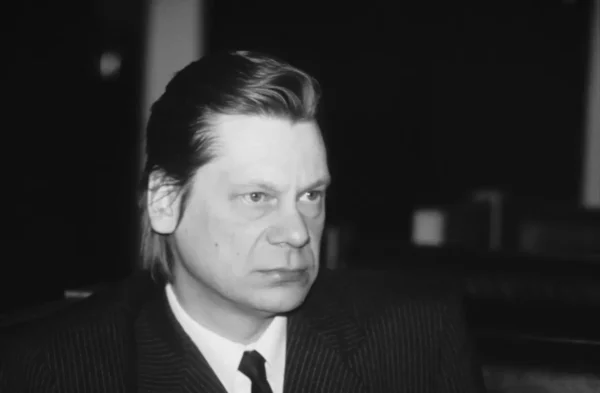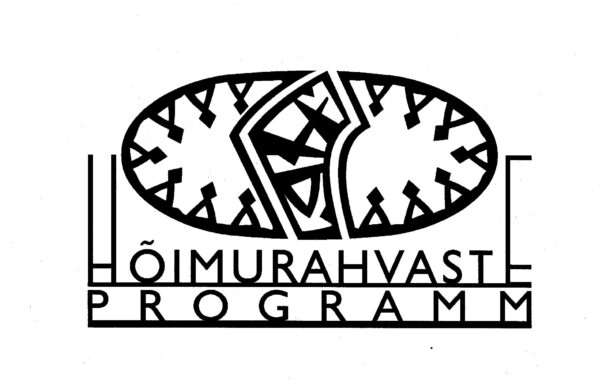
News
In memoriam Jaan Tooming 28.03.1946- 5.04.2024
The director and actor Jaan Tooming, who considered Finno-Ugric ways of thinking important to Estonians, has passed away. Inspired by the work of Uku Masing, he reflected these thoughts in his theatre productions.
Russia's Ministry of Justice recommends restricting activities of social organisations
On 23 March, the general meeting of the Mari Republic regional social organisation Mari Ushem was held in Yoshkar-Ola, this time in a commercial venue. The republican, state-funded central institution for national organisations, the 'Friendship of Nations' (Дружба народов), did not provide a venue for the meeting.
Competition for Finno-Ugric Capital of Culture 2025 begins
URALIC Centre together with Sukukansojen Ystävät ry and the Finnish-Hungarian Society announced the beginning of the competition on 4 March 2024.
Mari director and cultural figure Vasili Pekteyev celebrated his 70th birthday
On 23 January, the Mari director of the Mari National Theatre turned 70 years. A festival of his plays will begin in February in honour of the significant date.
In memoriam Valei Kelmakov
At the end of last year, sad news came out of Udmurtia of the passing of the eminent Udmurt linguist and Finnougrist Valei Kelmakov (14 January 1942–28 December 2023).
Mari holiday Shorykyol
The Mari holiday begins on a Friday after the new moon after the Winter Solstice. Shorykyol lasts for a week, this year from 5 January to 12 January.
Mari Literary Language Day celebrated festively
Mari Literary Language Day, celebrated on 10 December, has been a national holiday of the Republic of Mari El since 1998.
Mari and Udmurt birthrate in Bashkortostan highest in region
The Statistical Office of Bashkortostan used the last census, in 2021, to find out which ethnic groups in the republic have the highest number of children.
New Mari association registered in Finland
On 26 October, the Mari organisation Marij-Vij Tüvõra Ušem - Mari-Vij Kultuuriyhdistys, or Mari Force Cultural Association, was registered in Finland.
Udmurt Language Day celebrated grandiosely
The Udmurt Language Day was initiated by the Udmurt representative organisation Udmurt Kenesh and first celebrated on 27 November 2018.
Russian authorities want to silence Stalin's repression
By the decision of the Supreme Soviet of the Russian SFSR on October 18, 1991, October 30 was declared the Day of Remembrance of the Victims of Political Repression. However, in the Russian Federation, the day was also celebrated this year.
The winners of the Kindred People's Literary Award are Ķempi Kārl and Aado Lintrop
On 1 November, in commemoration of the Udmurt writer and social activist Kuzebai Gerd (1898–1937), the Kindred Peoples' Programme traditionally announced the winners of the Literary Award.











